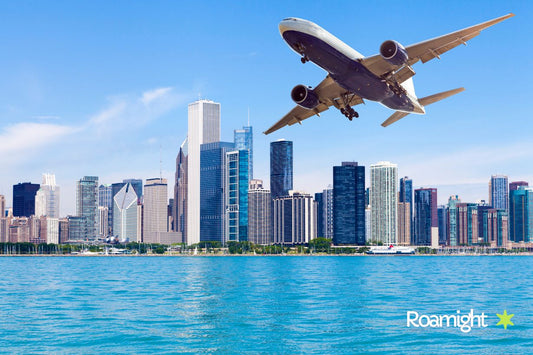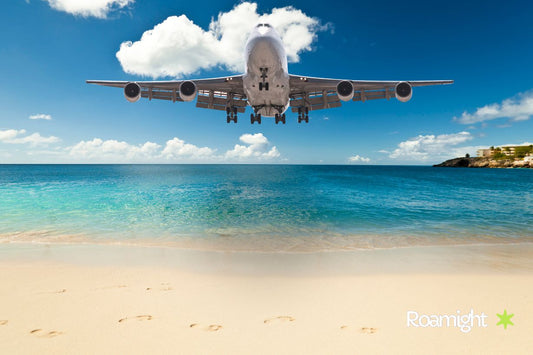featured Las mejores ciudades para una luna de miel en 2025
On 0 Comments
View DetailsLas mejores tarjetas eSIM para viajeros de cruceros en 2025
On 0 Comments
View DetailsCómo funcionan las eSIM de viaje en teléfonos con doble SIM
On 0 Comments
View DetailseSIM para viajes y 5G: lo que necesitas saber en 2025
On 0 Comments
View DetailsViajes en familia con eSIM: compartir datos entre dispositivos
On 0 Comments
View DetailsErrores más comunes que debes evitar al usar tarjetas eSIM para viajes
On 0 Comments
View DetailsGuía de eSIM para viajes por Europa: las mejores opciones para viajes a varios países
On 0 Comments
View Details

















